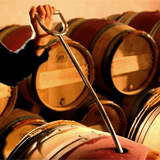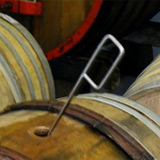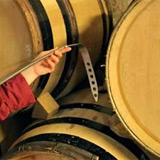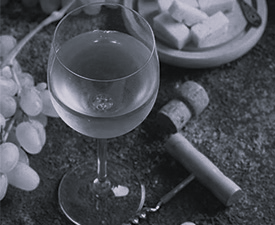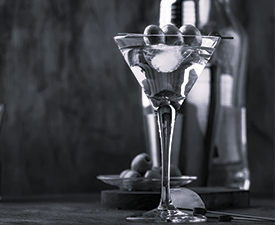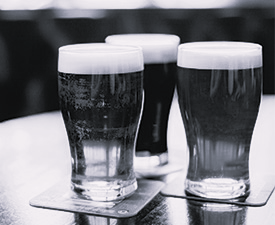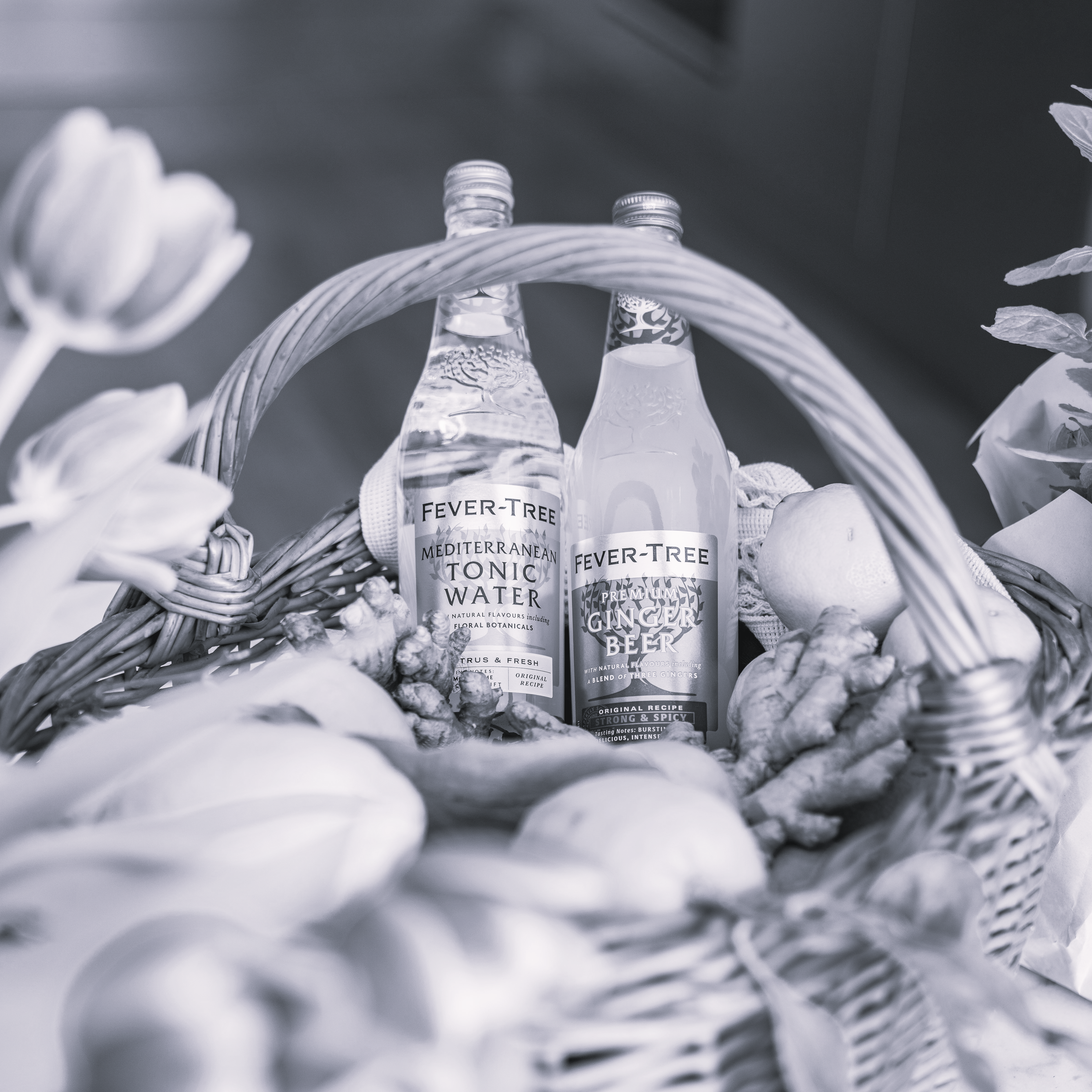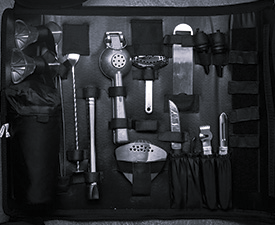Sur lie (soor Lee) The French expression for "on the lees." Lees are the coarse sediment, which consists mainly of dead yeast cells and small grape particles that accumulate during the fermentation process. Winemakers believe that certain wines benefit from being aged 'sur lie'. Chardonnay or Sauvignon Blanc wines are thought to gain complexity if aged in this way for a few months. The lees may be stirred (batonnage in French) in order to promote uptake of the lees character.
This happens as a matter of course with Sparkling Wines made via Methode Champenoise because the second fermentation occurs in the bottle where the wine is aged (sometimes for up to 10 years) until the lees are disgorged. Muscat wines from France's Loire region occasionally have the phrase "mis en bouteille sur lie" on the label, which means the wine was bottled from barrels where the lees were not drained (although the sediment has fallen to the bottom of the barrel).
When yeast cells die their cell walls breakdown, gradually releasing compounds into the wine as (e.g. glucose, amino acids, fatty acids, and manno-proteins). The compounds released can influence the structural integration of the wine in terms of; tannins, body, aroma, oxidative buffering and wine stability.
The primary reasons for sur lie ageing are usually based on stylistic goals by the winemaker: to enhance the structure and mouth feel of a wine, give it extra body and increase the aromatic complexity, flavour/aroma depth and length. Lees also absorb oxygen, assisting in maintaining a slow and controlled oxidation during maturation. Lees stirring can increase the release of yeast compounds into the wine. Stirring can result in a creamy, viscous mouth feel, and can enhance flavour complexity.
The lees are also an important component in the making of Ripasso where the left-over lees from Amarone are used to impart more flavour and colour to the partially aged Valpolicello.
